I Write a program for receive data from Uart ISI, my Data Packet is something like :
2 first byte contain Device ID and type of command. Data is contain some bytes that could be have different length, minimum 1 byte to max 15 bytes, and the last byte represent the packet is finish.
Uart ISI code is:
volatile char UartFlag=Fulse;
volatile unsigned char count=0;
unsigned char coder[13];
ISR (USART_RX_vect)
{
coder[count]=UDR0;
if (coder[count] == 20)
UartFlag=True;
else
count++;
}
That receive each byte and save in coder. As you see when receive number 20, stop receiving process by UartFlag=True; and in main call a function DoSomthing(); to do something with coder as below:
while (1)
{
if (UartFlag)
{
DoSomthing();
count=0;
UartFlag=Fulse;
}
}
But I have problem that sometime the Data section have 20 in their bytes and its lead to i dont get Correct packet. I try to put \0 (the last byte=0 instead of 20) but maybe have same error.
I am looking for best way to find dynamic length of packet. What is the best way to find the dynamic length of packet?
A way that maybe work is put the data length in first byte of Data section, but it add extra process in sender device.
